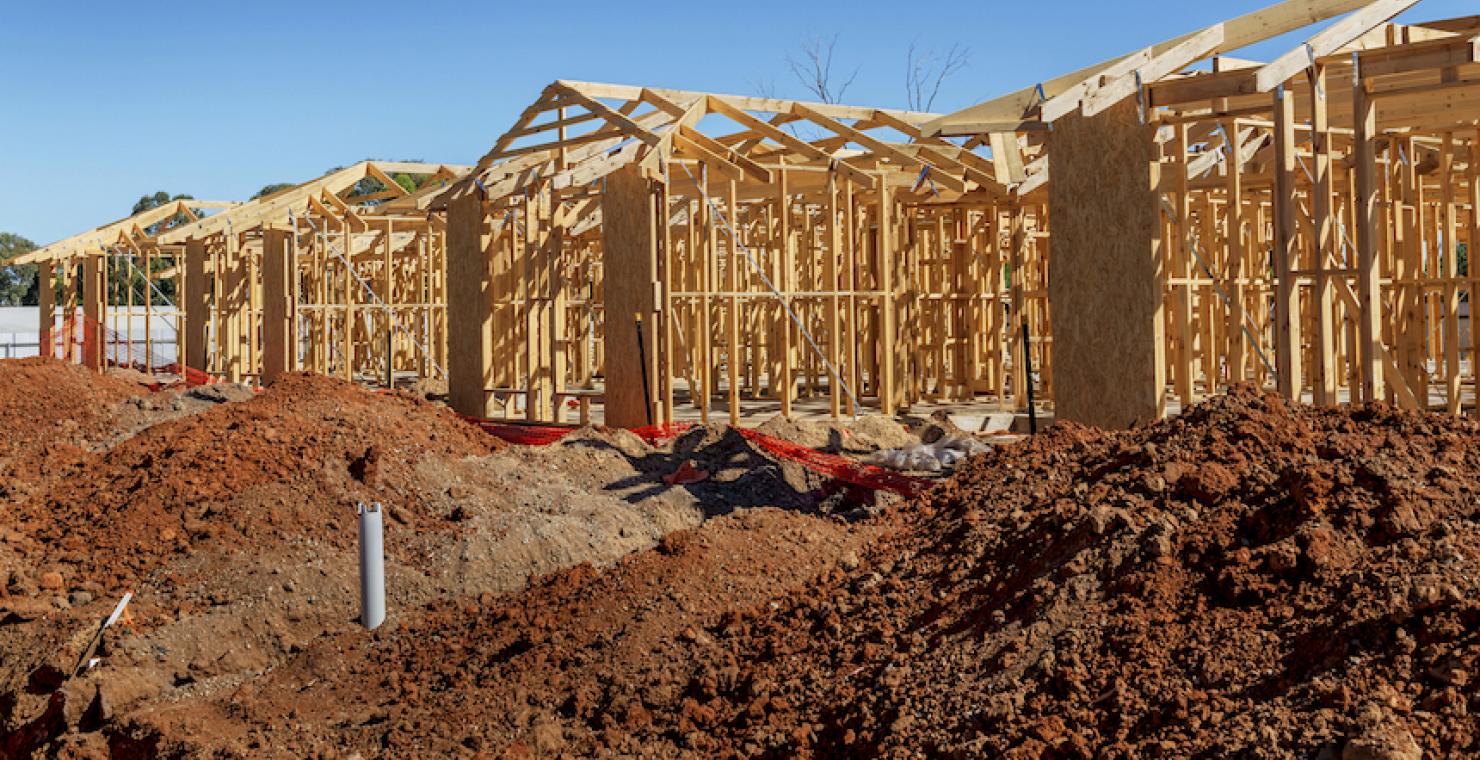Residential land is the largest cost contributor to new housing development and the cost is highly variable between New Zealand and Australian cities, a new report by Deloitte Access Economics shows.
The independent report, which was commissioned by Fletcher Building for commercial purposes, has brought to light to a number of cost dynamics playing out in residential housing development. The report is the most in-depth of its kind ever produced in New Zealand.
Residential land prices in Auckland have risen by more than 50 percent in 10 years. While subcontracted trade charge rates in Auckland have increased by around 40 percent since 2013. By contrast, building materials (cement, concrete and plasterboard) and labour costs were found to be increasing at around the same rate as inflation – approximately 2% per year.
Fletcher Building Chief Executive Officer Ross Taylor says, “Over the past ten years land prices have escalated significantly in places like Auckland, whereas building materials and most other costs have largely followed inflation. Interestingly there has also been a significant sharp cost increase across trade subcontractor rates.”
The study looked at five different dwelling types including houses, townhouses, and low-rise and high-rise apartments (two build types), in Auckland, Wellington, Christchurch, Melbourne and Sydney. It compared the costs for all the major components of residential housing development, as well as individual materials used.
“When you break down the costs of residential development costs in New Zealand, land and infrastructure is the most significant cost at up to 35 percent. Building materials are up to 24 percent; and GST, government taxes and charges contribute up to 21 percent. These are the top three costs. Labour is a close fourth,” explains Mr Taylor.
The report found that on a per-square metre basis housing construction costs* are very similar and in some cases cheaper between New Zealand and Australia.
This was attributed to cheaper total building materials and labour costs in New Zealand, noting that the
comparison was using New Zealand-based house designs.
Deloitte Partner Linda Meade explains: “It’s generally cheaper or similar to build in New Zealand than Australia if you compare the same house design. “However, due to the fact Australia builds more standardised houses, has lower GST, and does not have as
stringent seismic, fire and façade requirements as New Zealand, building in Australia is cheaper,” said Ms Meade.
Mr Taylor adds, “This dynamic explains the anecdotal differences in building costs.
“For example, plasterboard in Australia and New Zealand is a different product. Almost uniquely to New Zealand plasterboard is used a bracing component of the wall for Building Code compliance. This is not the case in Australia. Equally, the amount of reinforcing steel that goes into a suspended slab in New Zealand is significantly more than its comparable product in Australia due to the seismic requirements of New Zealand.”
While the findings of the report don’t extend to solutions for improving housing affordability, several areas of opportunity were identified: land supply, innovation and more standardisation in housing design, faster consenting and approvals, as well as understanding the drivers for builder and architect preferences. The findings of the report align with solutions that industry and the Government are already advancing such as panelisation for faster housing construction.
Mr Taylor concluded, “The report makes the costs of residential housing development very transparent. We want to help move the discussion forward with facts that lead to meaningful solutions to improve housing affordability.”
Key findings:
- Over the past ten years land prices have escalated by more than 50% depending on location. Subcontracted trade charge rates have also increased disproportionately (~40% between 2013 and 2018). However, concrete, cement and plasterboard have increased at around the same rate as inflation since 2009 – approximately 2% per year.
- Land and infrastructure is the most significant cost in residential development (Up to 35% for a standalone house in Auckland in an established subdivision). Building materials contribute up to 24%, and GST, government taxes and charges up to 21%; these are the top three contributing costs. Labour is a close fourth.
- GST alone contributes 12% to the cost of housing development in New Zealand compared with 8% in Australia. (GST does not apply to holding costs.)
- Housing construction (ie, *building materials, labour, builders’ margin, contingency) costs are very similar and in some cases cheaper between New Zealand and Australia. This is driven by cheaper building materials and labour costs on a per-metre basis for most house types in New Zealand.
- The cost of any one building material has a limited impact on the overall cost of building a house. The largest material cost is timber which contributes around 3% to the total cost. Materials like insulation, plasterboard and steel roofing contribute less than 1%.
*Building materials, labour, builders’ margin, and contingency.
About the report
The report entitled, Cost of residential housing development: a focus on building materials, December 2018, was commissioned by Fletcher Building Limited, and independently prepared by Deloitte Access Economics.
Primary data was sourced from the market, and official and independent data sets (eg, BRANZ, QVNZ, REINZ, Rawlinsons, Quantity Surveyors, Councils, and Government websites).
The report focussed on the costs of residential housing development (cost of supply), not the cost of purchasing a new house. All development land was assumed to be already zoned residential. Developer margins were not assessed in detail or included in costings.

